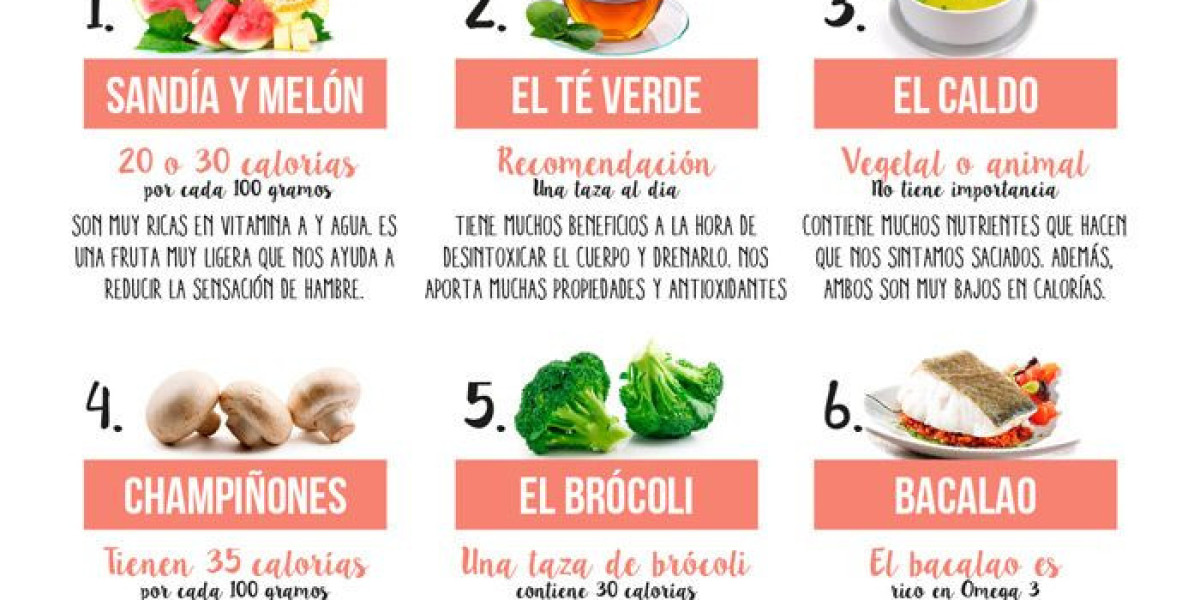The global molded pulp packaging market was valued at USD 5.45 billion in 2023 and is projected to expand at a compound annual growth rate (CAGR) of 7.4% from 2024 to 2030. This growth is largely driven by the increasing demand for sustainable and eco-friendly packaging solutions and rising demand from industries such as food packaging, healthcare, food service, electronics, and others. Manufacturers are actively fostering a competitive market environment by implementing various growth strategies. For instance, in July 2023, Tekni-Plex, Inc. announced the opening of a facility in Ohio dedicated to manufacturing specialty molded pulp products, with a focus on fiber-based egg cartons.
In North America, the molded pulp packaging market is primarily led by the food packaging and food service industries. This prominence is associated with high demand for packaged foods and convenient, on-the-go food solutions. The commercial food service segment alone accounted for over USD 813.4 billion within the total food marketing system, making it a key contributor to the industry. This category includes restaurants, caterers, cafeterias, fast-food chains, and other food-serving institutions. As these establishments increasingly seek packaging solutions with a reduced carbon footprint, the molded pulp packaging market is expected to witness strong growth in the coming years.
Gather more insights about the market drivers, restrains and growth of the Global Molded Pulp Packaging Market
In the United States, molded pulp trays emerged as the leading product segment, driven by growing awareness of sustainable packaging, demand for lightweight, convenient options, and a rise in e-commerce activities. These trays are widely used to package a variety of food products, including fruits, vegetables, eggs, and meat. With the increasing need for environmentally friendly packaging, demand for molded pulp trays is expected to grow steadily.
The molded pulp packaging market is further propelled by rising consumption of eggs and fresh produce, along with a growing demand for sustainable packaging solutions. Molded pulp trays and clamshells are commonly used for packaging eggs, which are then supplied to restaurants, foodservice operators, and individual consumers. With per capita egg consumption rising annually worldwide due to population growth, health benefits, and higher demand for protein, the need for molded pulp packaging products is anticipated to expand, supporting overall market growth.
Molded pulp bottles, made primarily from paper pulp and water, are molded into shape and dried to provide packaging for beverages, cosmetics, and other liquid or semi-liquid products. Molded pulp corner protectors are used to safeguard the edges of delicate items during shipping and transportation, cushioning against shocks and preventing product damage.
End-use Insights
Food packaging accounted for the largest market share in molded pulp packaging applications, holding over 44.0% in 2023. This packaging is particularly used for items like fruits, vegetables, and eggs. Molded pulp clamshells and trays are the preferred packaging types for eggs due to their cost-effectiveness and cushioning properties. Additionally, the ventilation provided by molded pulp trays and clamshells helps extend the shelf life of eggs by keeping them fresh.
The electronics industry is expected to grow at a CAGR of 9.1% over the forecast period due to high demand for protective packaging for sensitive electronics like laptops, smartphones, and similar devices. Molded pulp packaging is essential in transporting and storing these delicate electronic items, safeguarding them from external damage, and driving the demand for molded pulp packaging solutions.
Order a free sample PDF of the Molded Pulp Packaging Market Intelligence Study, published by Grand View Research.








